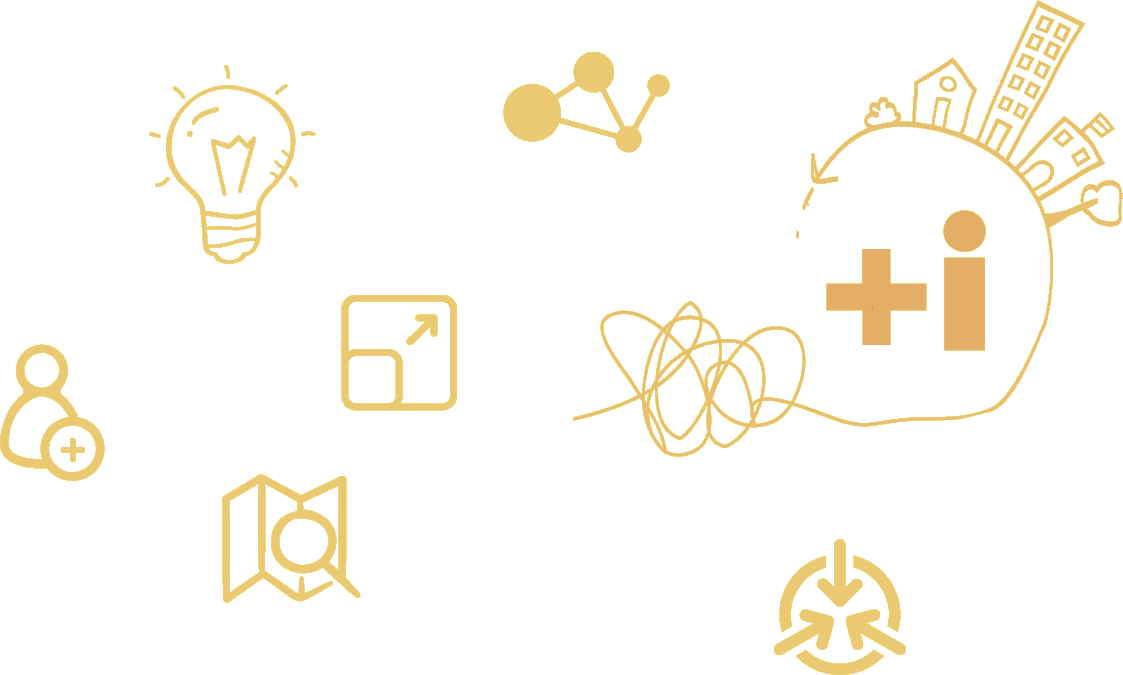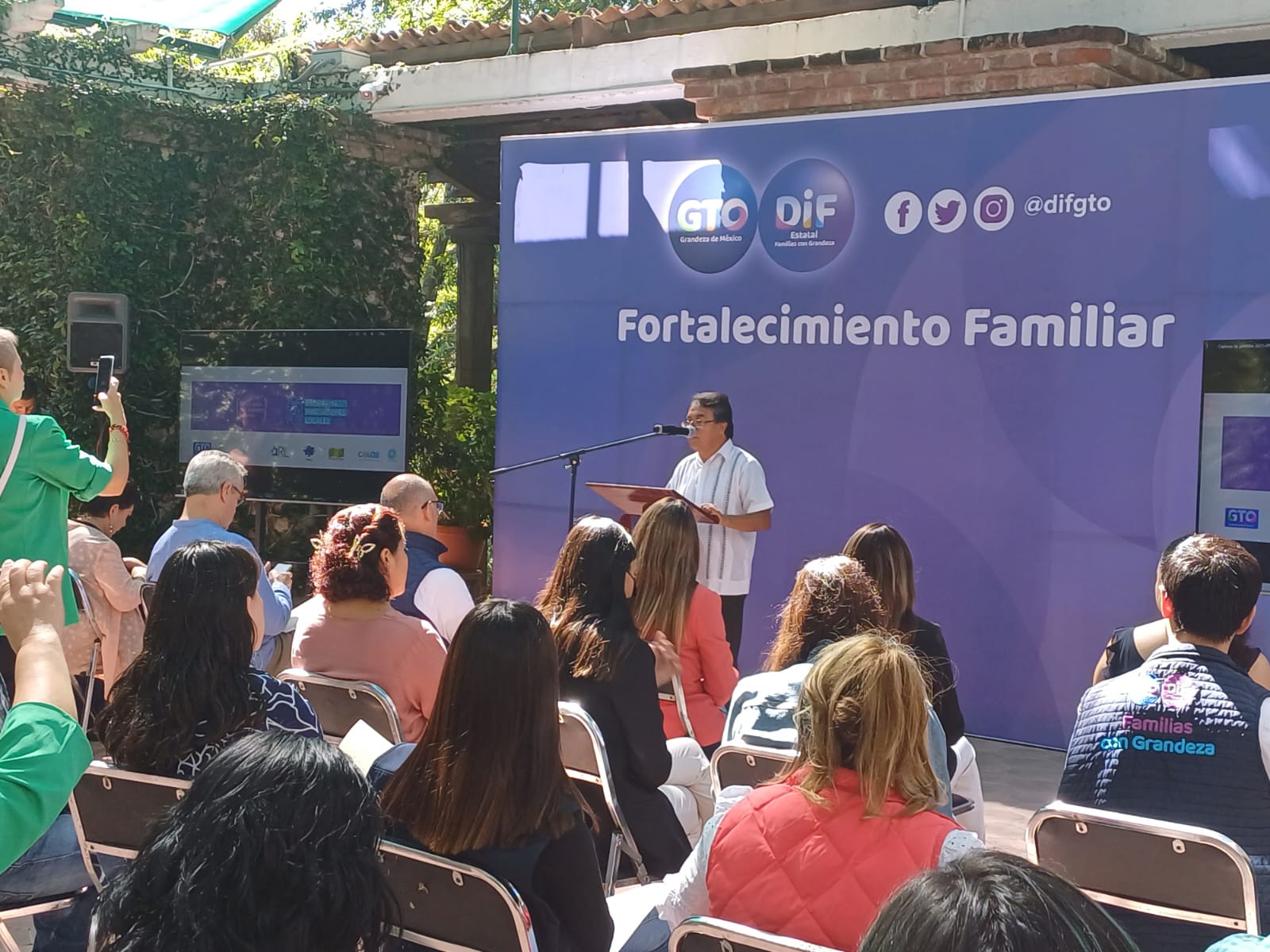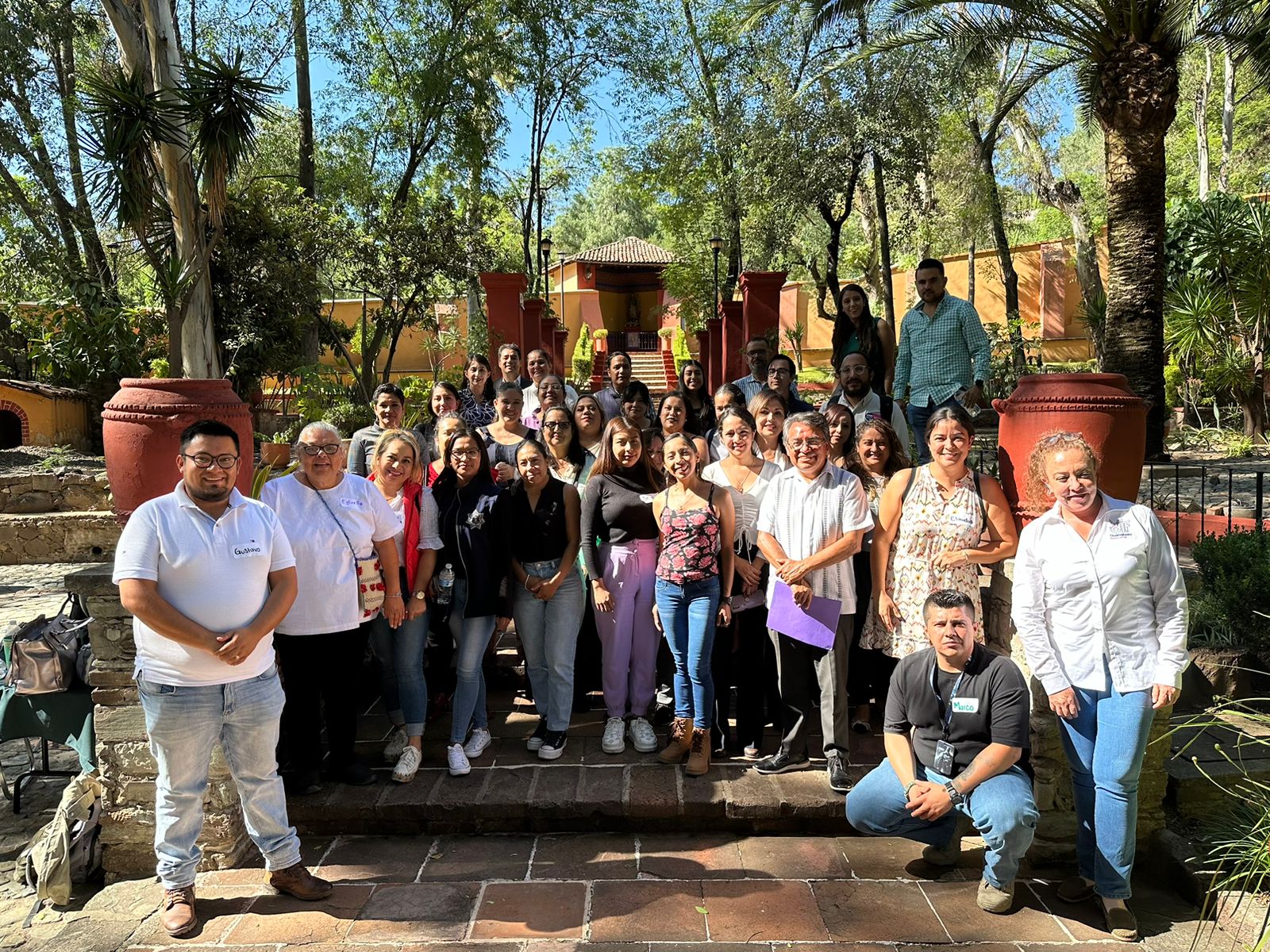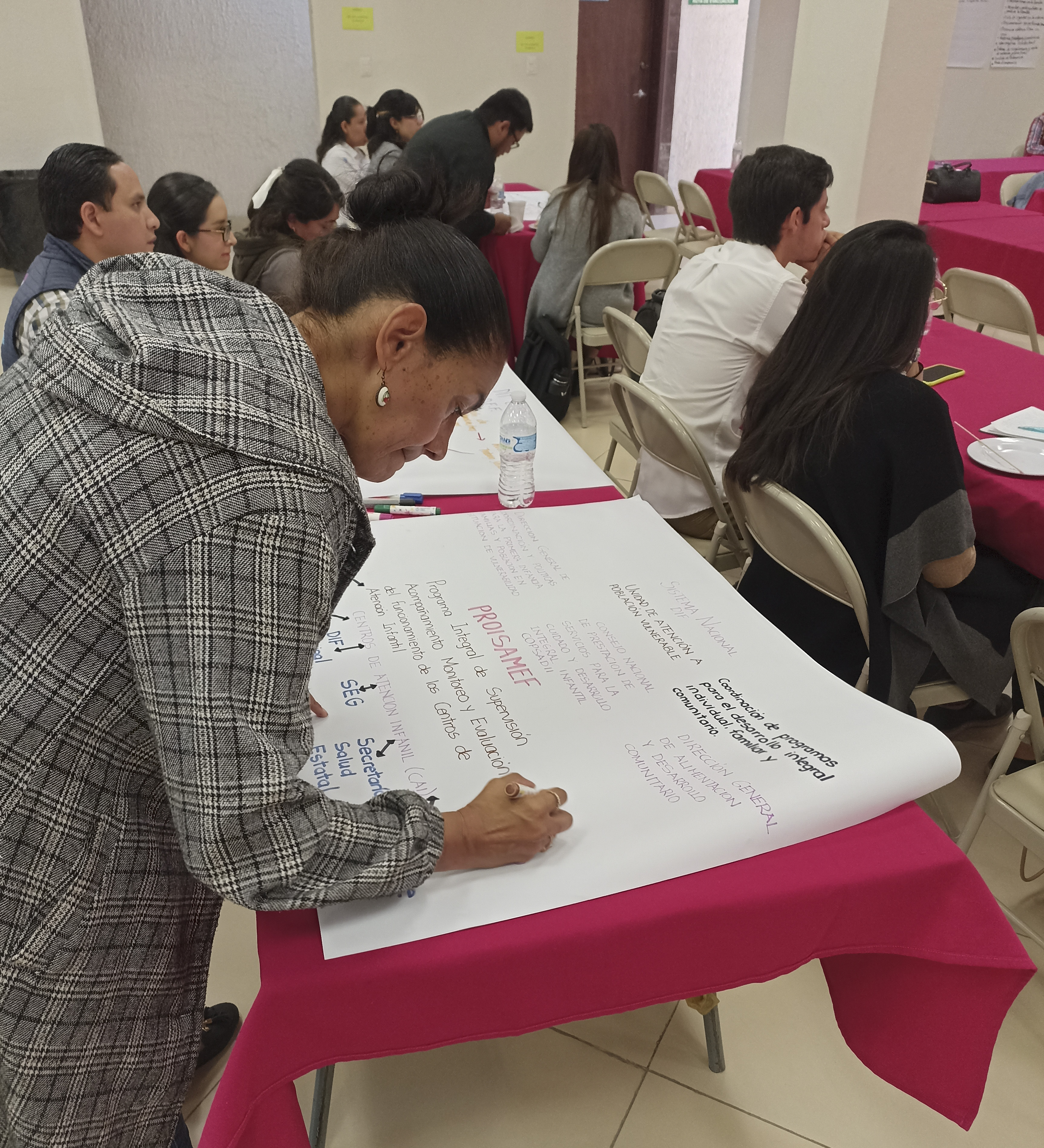Mental wholeness, a call to action

Municipality
Category / Sub-Category / Topic
Healthcare, Mental Health
Type of investment needed
Grant
The challenge
The project
Know more...
Investment
(*): In kind/pro bonus
(**): Financing
Funds
Needed
Covered
Solicited
Investment
(*): In kind/pro bonus
(**): Financing
12 stationery kits (**)
u$s 300.00
u$s 100.00
u$s 200.00
2 notebooks (**)
u$s 2500.00
u$s 100.00
u$s 2400.00
12 catering services (**)
u$s 6550.00
u$s 3275.00
u$s 3275.00
1 situational diagnosis (**)
u$s 25000.00
u$s 5000.00
u$s 20000.00
Psychosocioeducational training with government personnel (**)
u$s 30000.00
u$s 15000.00
u$s 15000.00
Permanent informative campaign. 10 radio, television, and digital media spots; additionally, 3 informative cultural events. (**)
u$s 25000.00
u$s 10000.00
u$s 15000.00
1 Specialist in coordination processes and 1 mental health specialist. (**)
u$s 60000.00
u$s 0.00
u$s 60000.00
Funds
Needed
Covered
Solicited
12 kits de papelería (Rotafolios, marcadores, post it, cinta masking, etc.) (**)
u$s 300.00
u$s 100.00
u$s 200.00
2 notebook (**)
u$s 2500.00
u$s 100.00
u$s 2400.00
Funds
Needed
Covered
Solicited
12 Servicios de café (Café, té, galletas, fruta, bocadillos, agua) (**)
u$s 6550.00
u$s 3275.00
u$s 3275.00
1 Diagnóstico situacional (**)
u$s 25000.00
u$s 5000.00
u$s 20000.00
1 formacion psicosocioeducativa con personal gubernamental (**)
u$s 30000.00
u$s 15000.00
u$s 15000.00
1 Campaña informativa: 10 Spots en radio, televisión y medios digitales; 3 Eventos culturales (**)
u$s 25000.00
u$s 10000.00
u$s 15000.00
Funds
Needed
Covered
Solicited
1 Especialista en procesos de articulación y 1 especialista en salud mental (**)
u$s 60000.00
u$s 0.00
u$s 60000.00




